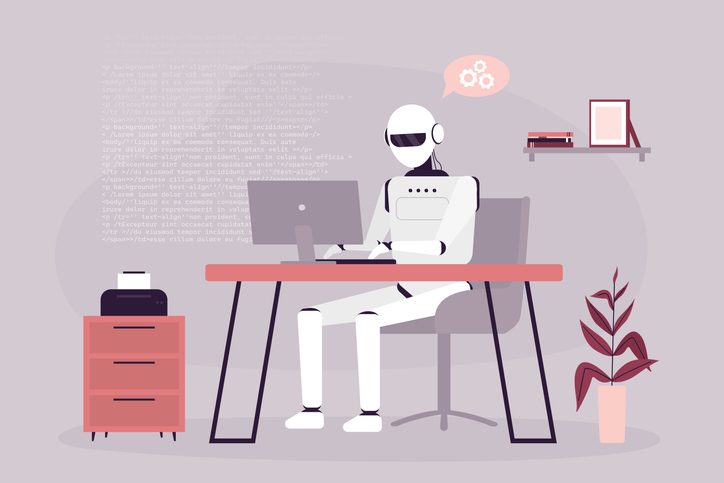AI agent onboarding: How to design the digital workplace for autonomous co-workers
AI agent onboarding is now a critical part of product design. This article breaks down what SaaS teams need to know to successfully onboard autonomous AI agents—from defining their role and permissions to designing agent-friendly interfaces and training them to enhance usability, not break it. Thoughtful onboarding improves adoption, reduces churn, and turns AI into a strategic asset—not a UX liability.




















